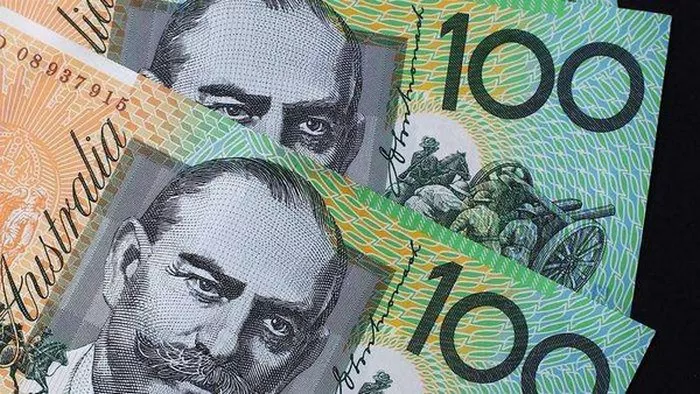Here’s what you need to know for Tuesday, August 1:
The Australian dollar was the worst performing major currency on the first day of August after the Reserve Bank of Australia (RBA) was unexpectedly dovish. The greenback benefited from the safe-haven market environment and strengthened ahead of the release of ISM manufacturing PMI and JOLTS job vacancies data in the US. The European economic agenda will include unemployment data for June.
The Reserve Bank of Australia announced earlier in the day that it would keep its policy rate unchanged at 4.1%, with market expectations for an increase of 25 basis points. In its policy statement, the RBA explained that the decision to leave interest rates unchanged will provide the RBA with more time to assess the impact of tightening policy so far and the economic outlook. The RBA further noted: “Further tightening of monetary policy may be required to ensure inflation returns to target within a reasonable time frame, but this will depend on data and evolving risk assessments.”
AUD/USD came under heavy bearish pressure following the RBA event and was last down more than 1% on the day around 0.6650.
During Asian trading hours, data from China showed that economic activity in the manufacturing sector shrank in June, with the Caixin Manufacturing Purchasing Managers Index falling to 49.2 from 50.5. U.S. stock futures edged lower during European trading hours, reflecting the subdued market sentiment. Meanwhile, the 10-year U.S. Treasury yield was steady at just below 4%.
EUR/USD turned lower and fell below 1.1000 during the European morning on Tuesday, weighed down by renewed dollar strength. Destatis is to publish revised manufacturing PMIs for the euro zone and Germany for July.
GBP/USD ended the first day of the week little changed, just below 1.2850. The pair remained relatively calm early on Tuesday, trading around 1.2830.
USD/JPY continues to build on Monday’s gains and is now trading above 142.50, its highest level in three weeks.
Gold prices continued to come under bearish pressure following the release of disappointing Chinese PMI data. As of press time, XAU/USD was down 0.5% on the day at $1,955.
Bitcoin fell below a consolidation channel, touching below $28,500, its lowest level since late June, before bouncing back to $29,000 during the European session. After closing in negative territory for the second day in a row on Monday, ethereum extended losses during Asian trading hours, approaching $1,800 at one point. ETH/USD was last down more than 1% on the day at $1,830.


